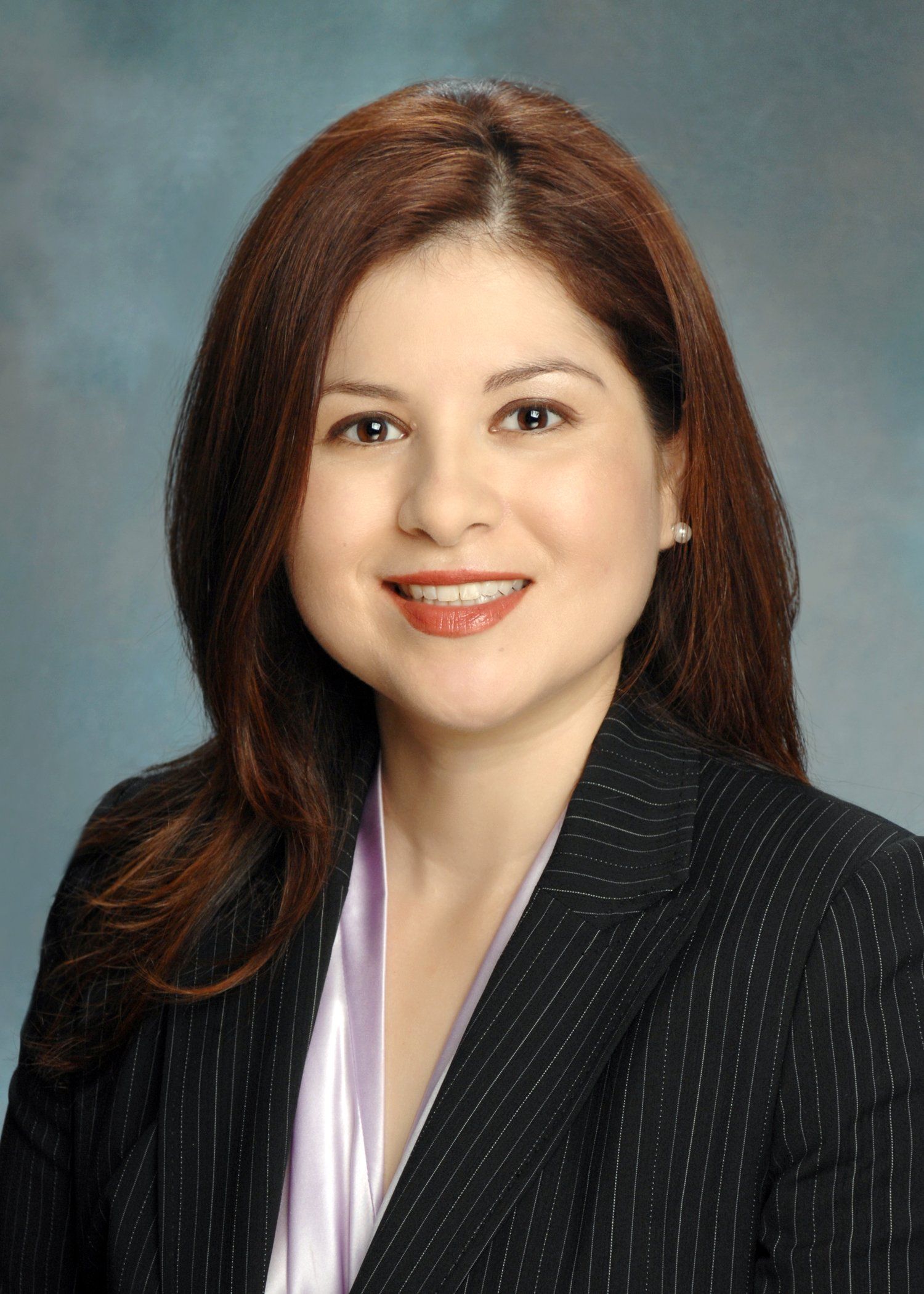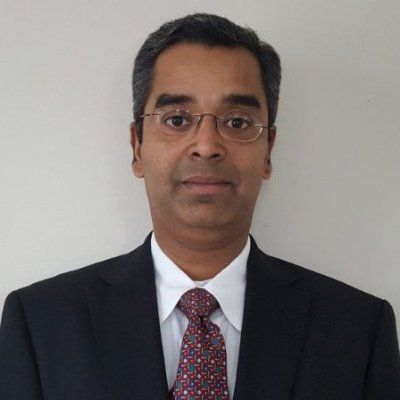Top data analytics challenges facing healthcare organizations
A sneak peek at the findings from our 2018 Technology Survey reveal where healthcare organizations are struggling most when it comes to interoperability and Big Data.
Interoperability is a competitive commodity for healthcare executives, according to industry watchers.

Wise
“It is an interesting dilemma; as a healthcare executive, you want interoperability between and with all organizations affiliated with you to retain patients and enhance the quality of their care,” vice president, health information systems, Healthcare Information and Management Systems Society (HIMSS). “Interoperability outside of your organization is not as compelling from the execs’ point of view.”
Managed Healthcare Executive’s (MHE’s) 2018 tech survey findings, conducted in the fourth quarter 2017, shed more light on the topic of interoperability and data analytics and the opportunities and challenges healthcare executives face associated with it. The full survey findings will be released in February, but here’s a sneak peek:
Thirty percent of the 115 respondents said their most pressing information technology problem is difficulty in turning data into actionable information.
Wise is not surprised by this finding. Healthcare organization recipients of HIMSS Davies Awards “consistently and constantly discuss the challenge of turning raw data into meaningful information,” she says.
Thirty percent of survey respondents say they do not have enough staff members with adequate expertise in data analytics.

Segura
“Presumably recruiting and retaining more employees with expertise in data analysis will facilitate solutions in turning that data into actionable information,” says Mildred Segura, partner at Reed Smith, an international law firm. “Although, of course, there needs to be guidance from the top and a big-picture strategy. Furthermore, leadership needs to recognize that recruiting top tech talent might not be easy.”
With technological innovations, such as the Internet of Things, providing data at unprecedented levels, the demand for experts in data analytics is increasing. There is going to be significant competition for top employees-not just within the specific sector but throughout all economic sectors-and companies will have to work hard to recruit and retain those employees, according to Segura.
“Part of that strategy should be business sector and company specific,” she says. “Presumably, company leaders familiar with their business are best-placed to work with data experts to develop a strategy for collecting the most valuable data and translating that data into business strategies and improving customer experience.”
Wise agrees and says that the other challenge is having the organizational structure that allows for big picture thinking as well as an ability to drill down to a small department or service.
Twenty two percent of respondents said training staff and/or physicians on new technology is their biggest IT challenge.
“Staff training needs to have constant attention,” Wise says. “It is never completed. An organization should consistently offer ‘new’ training as well as ‘return’ training which occurs at the point the user has a few months of experience utilizing the health information technology as is (HIT) now more receptive to ‘tips’ and ‘templates.’ Even advanced users benefit from a training session during which experts trade and benefit from mutual experiences.”
Segura believes user capability and avoiding user error is always going to be crucial both from a business perspective and a safety/security perspective. In fact, she says, many real-world healthcare data breaches emanated from a misplaced cellphone or a laptop that was inadvertently left open and unsecure.
“Companies should implement formal training programs to ensure that cybersecurity protocols are known and followed,” Segura says. “These programs should be based on documented policies, including policies for proactive safety and security in addition to a quick response reactive plan in the event of a failure or security breach.”
For example, Segura suggests written policies that ensure the analysis of potential cybersecurity threats is an ongoing process that is routinely updated.
Companies should have ongoing training for employees in these policies as well as updating the policies themselves. In addition, companies should have continuing reminders to their employees of the dangers of cyberattacks, such as phishing schemes.
There should also be a designated employee or group of employees responsible for monitoring compliance-making sure the policies are actually followed, says Segura.
“These are not original suggestions but, again, are backed by current guidance and best practices,” she adds. “Failure to follow these best practices can expose a company to potential liability because if security claims should later arise, claimants will seek to establish that company employees either failed to follow or were unaware of existing security policies. To mitigate potential claims, companies should assess whether training and compliance programs are in place, is training regularly updated to address new threats and is attendance mandated for relevant groups of employees and is attendance tracked.”

Subramaniam
To state the problem differently, the current plethora of technology solutions expect the healthcare professionals to be technology savvy, according to Venky Subramaniam, vice president of information management, Evolent Health.
While technology has its perks, Subramaniam is concerned that it can sometimes be a detriment to physician-patient communication.
“In the U.S., the median duration of visits to office-based physicians is less than 15 minutes-not very long to do all the data entry activities, filling of health insurance forms, and all the administrative things that need doing. So it's unsurprising that physician-patient communication activity is reduced to a bare minimum,” Subramaniam says. “Electronic health records (EHRs) have only made this problem worse because they compete for the physician’s attention. Increasingly EHRs are becoming legal documents, thus their data entry needs further eat into the communication time available with the patient. As electronic medical records have become more prevalent, more of the physician-patient conversation is happening with some portion of the doctor's attention focused on the screen.”
Today, Subramaniam says patients need clear communications when it comes to their care management. “This includes the education about their condition presented more clearly. In fact, active communication needs to occur throughout the entire care delivery team,” he says. “This type of approach centers around shared information exchange between ‘engaged’ care teams, an ‘enlightened’ patient who takes responsibility for their own health, and their “empowered” doctor who is responsible for the outcome of the patient’s health. A patient-centered access and team-based care approach to healthcare delivery is the answer.”
Next: Percentage of organizations who give themselves an 'A' for big Big Data
Making the grade
When asked how they would grade their organization’s use of Big Data to reduce costs and improve quality, 40% of survey respondents gave themselves a “B,” while 36% gave themselves a “C.”
“I think the grade of ‘B’ is significant,” Wise says. A grade of ‘C’ could be interpreted as a neutral response, whereas a grade of ‘B’ indicates that organizations are benefitting from HIT. No longer is the value of HIT questioned. It is a given.”

Woo
Healthcare executives may still be waiting for the promised innovations to bear fruit, says Maryanne Woo, partner at Reed Smith.
“Other industries have effectively leveraged IoT data to innovate and increase efficiency in their operations” she says. “For example, manufacturing uses IoT sensors to implement predictive maintenance of equipment, retail uses sensors to track merchandise and improve shopper experience, and agriculture uses sensors to implement more productive growing strategies. IoT’s disruption as to efficiency and quality improvement has not been as significant in the healthcare space as these others-yet.”
In the Scope of Virtual Health and the Future of “Website” Manner, Per Ateev Mehrotra
August 10th 2023Briana Contreras, an editor of Managed Healthcare Executive, had the pleasure of catching up with MHE Editorial Advisory Board Member, Ateev Mehrotra, MD, MPH, who is a professor of healthcare policy at Harvard Medical School and an Associate Professor of Medicine and Hospitalist at Beth Israel Deaconess Medical Center.
Listen
Extending the Capabilities of the EHR Through Automation
August 2nd 2023Welcome back to another episode of "Tuning In to the C-Suite," where Briana Contreras, an editor of Managed Healthcare Executive, had the pleasure of chatting with Cindy Gaines, chief clinical transformation officer at Lumeon.
Listen